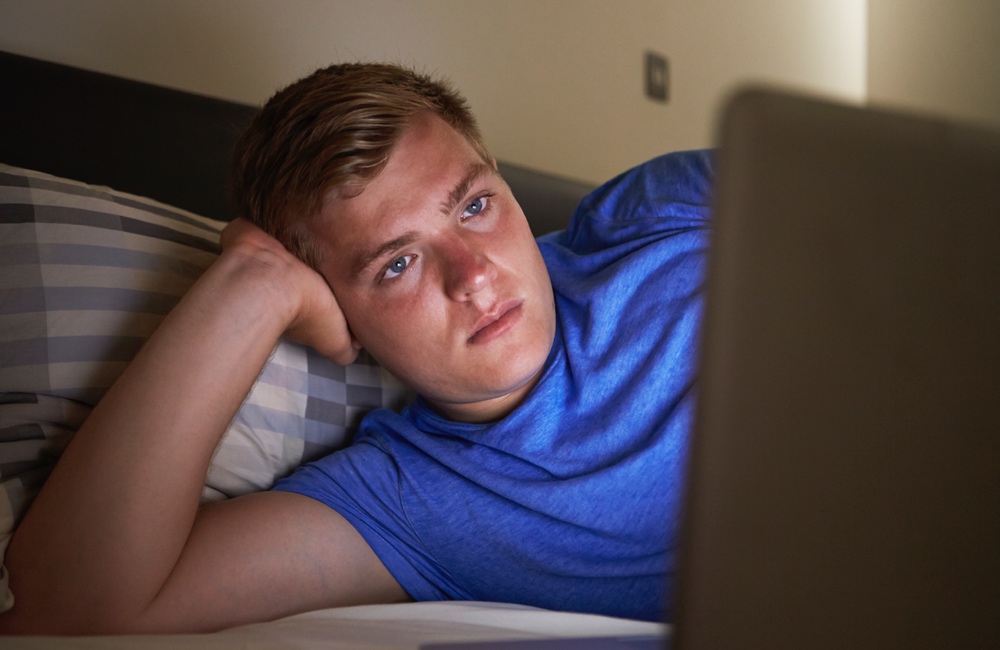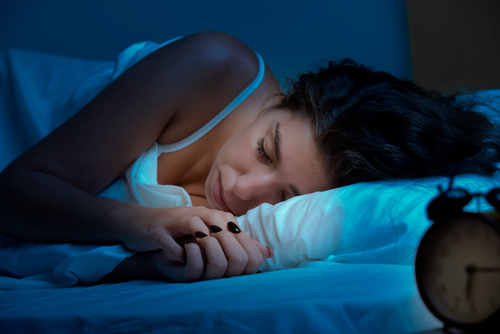

But suppose five ways produce results that are strong enough to be considered meaningful, while five don’t. Any one of those could serve as a measure of well-being, or any combination of two, or all 13.Ī researcher must decide on one before running the numbers testing them all, and then choosing the one that generates the strongest association between depression and screen use, would be bad science. survey, as the Nature paper notes, has 13 questions concerning depression, happiness and self-esteem. For instance, to examine the relationship between digital-technology use and well-being, a researcher has to define “well-being.” The M.T.F.
#Late night screen time with depression how to
What makes one study that draws on that data distinct from another is a series of choices researchers make about how to analyze those numbers. Still, those limitations are the same for everyone who accesses the raw data. Since 1975, for instance, the National Institute on Drug Abuse has been funding a survey called Monitoring the Future (M.T.F.), which asks adolescents about drug and alcohol use as well as other things, including more recently, vaping and digital technology in 2019, more than 40,000 students from nearly 400 schools responded. Getting answers to dozens of questions about people’s daily lives - how often they exercise, how many close friends they have - allows researchers to explore potential relationships between a wide range of habits and health outcomes and how they change over time.

Such epidemiological surveys, which often involve conducting phone interviews with thousands of randomly selected people, are useful because they can ask a wider range of questions and enroll far more subjects than clinical trials typically can. The first step in evaluating any behavior is to collect lots of health-related information from large numbers of people who engage in it. How can the same sets of numbers spawn such divergent conclusions? It may be because the answer to the question of whether screen time is bad for kids is “It depends.” And that means figuring out “On what?” Their results, published this year in Nature Human Behavior, found only a tenuous relationship between adolescent well-being and the use of digital technology. Przybylski, at Oxford University, applied an especially comprehensive statistical method to some of the same raw data that the 2017 study and others used.

Earlier this year, Amy Orben and Andrew K.

These and other similar findings have helped stoke fears of a generation lost to smartphones.īut other researchers began to worry that such dire conclusions were misrepresenting what the existing data really said. Conversely, the more time they spent on nonscreen activities, like playing sports or hanging out with friends, the less likely they were to experience those problems. One widely publicized 2017 study in the journal Clinical Psychological Science found that the longer adolescents were engaged with screens, the greater their likelihood of having symptoms of depression or of attempting suicide. The first iPhone was introduced in 2007 just over a decade later, in 2018, a Pew survey found that 95 percent of teenagers had access to a smartphone, and 45 percent said they were online “almost constantly.” When researchers began trying to gauge the impact of all this “screen time” on adolescent mental health, some reported alarming results.


 0 kommentar(er)
0 kommentar(er)
